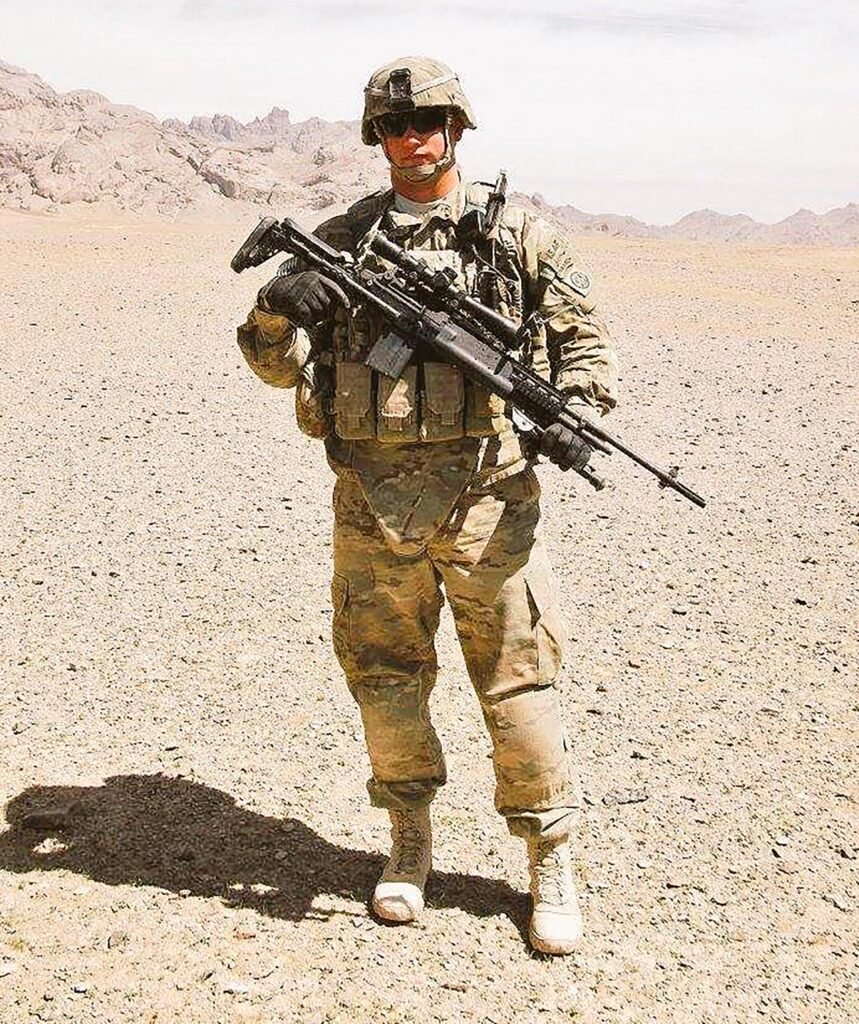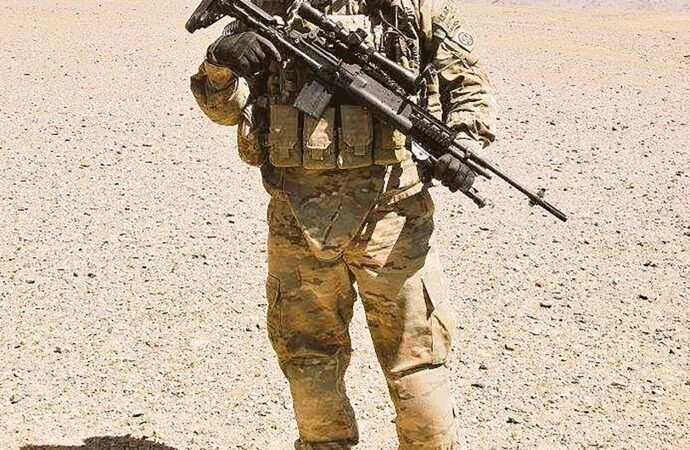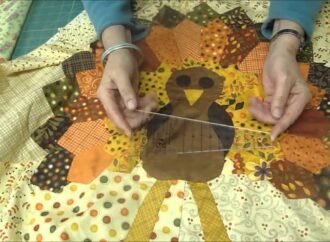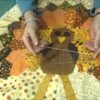In the heart of Jacksonville, Florida, a modest but remarkable home sits tucked away on a quiet street. To passersby, it might look like any other single-story house with a wide porch and an open walkway. But for Army veteran Sean Karpf, this home represents something far greater than shelter. It is independence regained, dignity
In the heart of Jacksonville, Florida, a modest but remarkable home sits tucked away on a quiet street. To passersby, it might look like any other single-story house with a wide porch and an open walkway. But for Army veteran Sean Karpf, this home represents something far greater than shelter. It is independence regained, dignity restored, and proof that the American spirit can rebuild even when the body is broken.
Sean’s story begins long before the walls of his new home were raised. Born and raised in Northeast Florida, he grew up with the grit and determination that would later define his military service. He enlisted in the U.S. Army and became part of the elite 82nd Airborne Division, training at Fort Bragg, North Carolina. As a paratrooper, he learned to leap from planes at night, navigate hostile terrain, and live with the constant knowledge that each mission could be his last. For Sean, serving his country wasn’t just a career it was a calling. That calling led him to Afghanistan, where the dangers of insurgent warfare were an everyday reality. In 2012, during a patrol, Sean’s unit encountered the weapon that defined so much of America’s longest war: an improvised explosive device. The blast tore through the earth beneath him, shattering bone and muscle. When the dust cleared, Sean was alive, but his left leg had been destroyed. In addition to the amputation, he suffered a traumatic brain injury and the invisible wounds of war that would linger long after the battlefield was behind him. The journey home was not the triumphant return many might imagine. Instead, it was marked by grueling surgeries, endless hours of physical therapy, and the quiet torment of post-traumatic stress disorder. “When you’re lying in a hospital bed, missing part of yourself, you wonder if life will ever be normal again,” Sean has reflected. Yet amid the pain, he held onto something vital: the belief that his fight wasn’t over. It had simply shifted from Afghanistan’s mountains to America’s suburbs, where survival meant learning how to live again.

That resilience became clear during his rehabilitation. While relearning to walk with a prosthetic, Sean pushed himself with the same discipline he had on the battlefield. He turned small victories standing upright, climbing stairs, walking a few yards into stepping stones toward a larger goal: reclaiming his independence. But physical progress could only take him so far. His old home, like many built without accessibility in mind, was filled with barriers narrow hallways, steep doorsteps, kitchens and bathrooms designed for the able-bodied. Every day was a reminder of what he had lost. That is where Homes For Our Troops and the Wounded Warrior Project stepped in. These organizations partnered to provide Sean with something extraordinary: a specially adapted home designed to meet his needs and give him back his freedom. Built from the ground up, the house includes features most people wouldn’t notice but that mean the world to someone living with a combat injury wider doorways for easier movement, roll-in showers, lower counters, pull-down shelving, and even a 360-degree outdoor walkway where Sean can move freely without limitation. For Sean, the home was more than wood, drywall, and concrete. It was a lifeline. “You don’t realize how much a home can change your life until you can move around it without struggle,” he shared. The symbolism wasn’t lost on him either: this wasn’t charity, but a recognition of sacrifice. It was his country’s way of saying that his service, his scars, and his survival mattered.
Today, Sean lives not as a wounded soldier defined by loss, but as a man who has rebuilt his life with quiet courage. He is a husband and father, cherishing the moments with his family that once seemed uncertain. He is a business owner, proving that veterans can thrive not only on the battlefield but also in the marketplace. And he is a mentor, reminding younger veterans that while the road home is hard, it can still lead somewhere worth going. His story resonates far beyond his front porch. It reflects the broader narrative of America’s post-9/11 veterans: men and women who answered their country’s call, returned with visible and invisible wounds, and found ways to transform pain into purpose. Sean’s home stands as both a personal victory and a national statement that when Americans rally together, no hero is left to fight their battles alone. There is a quiet moment Sean often shares with visitors. Standing in his backyard, he gestures toward the wide, accessible walkway that encircles his home. “This path,” he says, “it’s freedom. It reminds me I can still move forward, no matter what I’ve lost.” In that simple image a soldier turned father, walking freely on a path built with compassion and respect lies the essence of his story. Sean Karpf will forever be a paratrooper of the 82nd Airborne, marked by the day an IED changed his life. But he is also something more enduring: a living testament to resilience, a reminder that homes can heal, and a symbol of how America’s heroes continue to serve long after the battle ends.

















Leave a Comment
Your email address will not be published. Required fields are marked with *